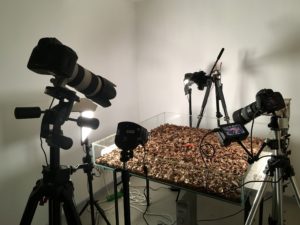Get Creative with Time-lapse Photography
This entry was posted on October 4, 2021.
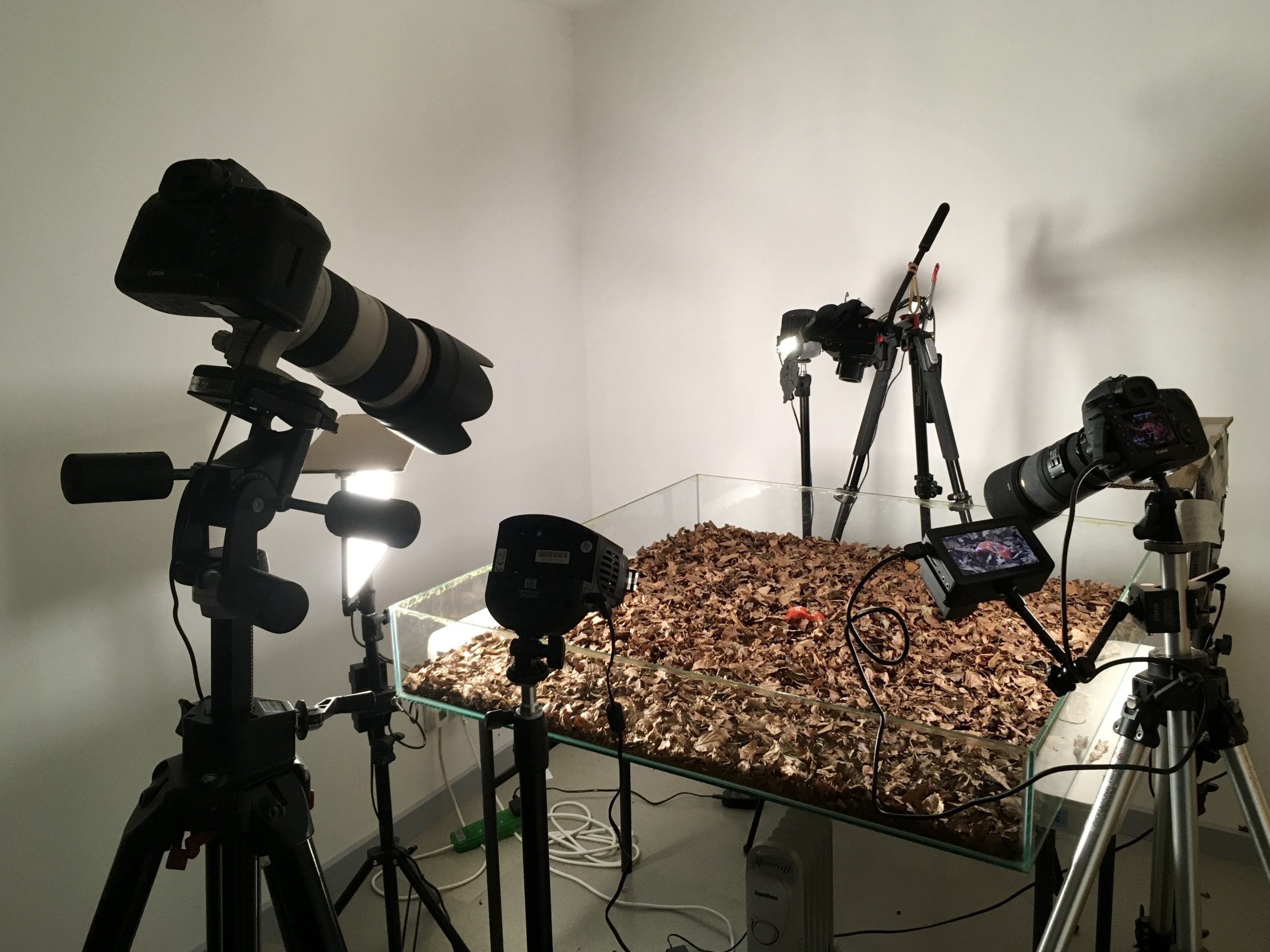
Commercial photographer Tim Platt has turned his body of personal time-lapse work into a major new exhibition Botanical Opticals. Here, Tim explains the appeal of this technique and shares some tips for achieving good results…
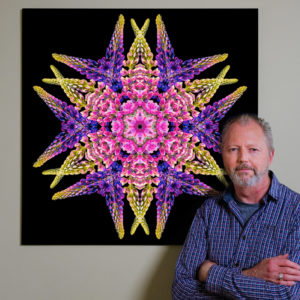
By Liz Hollis
With his London studio closed during lockdown, commercial photographer Tim Platt began experimenting with time-lapse.
He set up a dedicated space in a new home-studio in his Norwich garden and photographed plants as they grew – using an intervalometer to take single photographs every few minutes.
‘It is a slow and painstaking process but quite a methodical one. It is time consuming, but I actually like that about it,’ says Tim. ‘One of the biggest challenges about time-lapse is that you need a special space that you can leave alone once it’s up and running.’
‘I built a special shed studio in my garden so that I can leave the set-up clicking away for days, or even weeks, undisturbed. I can’t do this in my London studio for obvious reasons and I certainly couldn’t do it in my house, but I can leave it running as long as I like in the shed.’
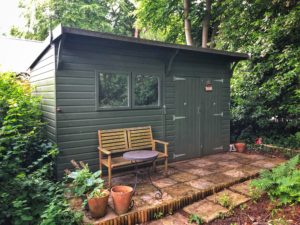
The process created thousands of high-resolution stills. Tim animated these at different speeds in post-production to reveal a secret life of flowers that we don’t normally see.
He arranged the time-lapse clips into symmetrical patterns and realised that the effects can be mesmerising. This inspired him to develop these clips into an interactive iOS relaxation app called Moodlapse.
The user taps, slides, and tilts the screen to create beautiful kaleidoscopic videos of flowers blooming accompanied by ambient, binaural music. A second app called Snaplapse gamifies the clips.
His time-lapse imagery of flowers has also been transformed into an innovative art exhibition. Botanical Opticals, at The Crypt Gallery, in Norwich, is a collaboration with audio-visual installation artist Benedict Braund of Global Overground and uses cutting-edge technology to create a spectacular multimedia show.
The exhibition is in two parts. ‘I am exhibiting 20 large static images printed on metal and framed in wood. These abstract symmetrical designs are created from the flower videos and captured as hi res PNGs via a custom-built app. They are then further edited in both Lightroom and Photoshop before being printed in large format.’
‘The second part is more about the video elements. The videos are streamed via my app to digital projectors. I am working with video installation artist Benedict Braund from Global Overground. Ben specialises in cutting edge 3D projection mapping techniques and all sorts of digital voodoo I don’t really understand!’
‘He has also remastered audio soundscapes I commissioned for the show using Dolby Atmos™ using multiple speakers to allow the sound to wash around the space for a more immersive experience.’
Ben has enjoyed national chart success with the track Rocket, as one half of the band Braund Reynolds. He is also known for his score for Playstation’s Central Station and collaborations with leading music artists including Stereo MCs.
Time-lapse forms the core of Tim’s personal body of work and his latest exhibition, so what is the appeal? ‘It requires patience and it is quite contemplative. I like both the technical challenges and the steady methodical workflow,’ says Tim.
‘I’ve been interested in photography and moving image for many years. Time-lapse is a combination of both, especially in post-production. I have also come to learn more about plants and flowers which is an interesting journey in its own right. Not that I seem to have enough time for gardening, but it is satisfying to work with flowers I have grown in my own garden.’
Tim tries try to monitor the transformations of the blooming flowers he is photographing each day – unless he is away in London or elsewhere. ‘I like popping in at the beginning or the end of the day to see how things have progressed. I’ve found the easiest way to do this is simply take a snap of the LCD screen on the back of the camera with my phone.’
It’s a slow process, but Tim says it makes us more aware of transformations that happen too slowly for us to watch in what we think of as real-time. ‘I like to call it a glimpse into the world of slow-time.’
‘Part of our current environmental woes can be attributed to us not thinking about slow-time. We are so wrapped up in our own pace of life that things that happen slowly but surely are beyond our limited attention span. This might be a forest growing, or indeed a glacier melting.’
Tim has experimented with various cameras for time-lapse including his Canon DSLRs but his favourite now is a Sony RX100mk4 which is ‘a tiny compact but incredibly capable little camera’.
‘I have to leave the setups for days - so I have it plugged into the mains. For lighting I use LED panels and spots. These are low voltage and don’t heat up so can be left switched on for long periods.’
‘For post-production I use an amazing bit of software called LRTimelapse - designed to work in combination with Lightroom and developed by a very clever young German called Gunther Wegner which I would highly recommend to anyone serious about shooting time-lapse.’
‘It’s a bit of a learning curve but actually follows a very linear workflow which is quite easy to master and gives great results.’
‘One problem you get with time-lapse is what is called flicker. This can be caused by variations in ambient light but if that remains constant it can be small variations caused by mechanical inconsistencies in your camera. LRTimelapse does a great job of smoothing out this flicker effect.’
Finally, Tim exports as 4K video clips and then imports into FCPX for final editing including time ramping and other effects. The whole process is time consuming.
‘Photography is above all about the simple joy of seeing,’ says Tim. After over 25 years’ experience delivering international advertising campaigns for blue chip companies like Unilever, P&G, Samsung, LG, Britvic and GSK among many others, Tim has mastered the craft and technique required at the highest echelons of commercial photography.
Now, Tim is looking forward to showing his time-lapse work at the new Botanical Opticals exhibition. ’I hope it’s going to be exciting for visitors. It’s the first exhibition of its kind in Norwich and is designed to be fun for all ages and is ideal for families,’ says Tim.
How to improve your time-lapse photography
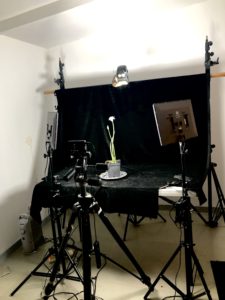
- Tim specializes in flowers. But time-lapse is great for speeding up any event that takes too long to watch in real time. For example, a behind-the-scenes video of a day’s shoot to give people a snapshot experience of what goes on.
- You need patience and persistence to succeed. ‘I have had many failures,’ says Tim. ‘Sometimes flowers don’t bloom or don’t do what I want them to. It can be painful to abort a time-lapse that has already elapsed for quite a long time before you have to call it quits. Time-lapse is a trial and error process.’
- Try starting with poppies or daffodils if you want to photograph flowers because they are the quickest to bloom. Most flowers can be photographed simply as cut flowers in water, but some will need to be growing in a pot.
- You don’t need masses of megapixels to create time-lapse movies. Most will be exported at 1080p and even if you need 4K output most modern DSLRs will give you much bigger file sizes than you need.
- You also need to leave the camera alone for long periods so that is something else to consider. Set up a dedicated space that won’t be disturbed.
- Use a ‘spare’ camera that you’re not going to miss while it’s in long term use for time-lapse.
- Try using a small compact camera. The quality will be quite adequate. Many will have a built in time-lapse function but this may not allow for much flexibility.
- You are better off using an intervalometer if you can. Make sure your camera has an input port for plugging one in.
- A heavy tripod is a good idea to minimise the risk of jogging the camera.
- Keep the camera plugged into the mains to avoid flat batteries.
- You will also need some LED lighting, but this is relatively inexpensive to buy.
- You will need a blacked out space where your lighting will remain constant for a few days.
- Use manual focus and triple check this before you get started on a time-lapse. Nothing worse than feeling excited about your results until you discover that every shot is slightly out of focus!
Botanical Opticals will be held in The Crypt Gallery, Norwich, 1 - 15 October 2021. The Botanical Optical exhibition prints are on sale and unique to the show and Tim’s prints are also available via his online shop at Tim Platt Fine Art. 